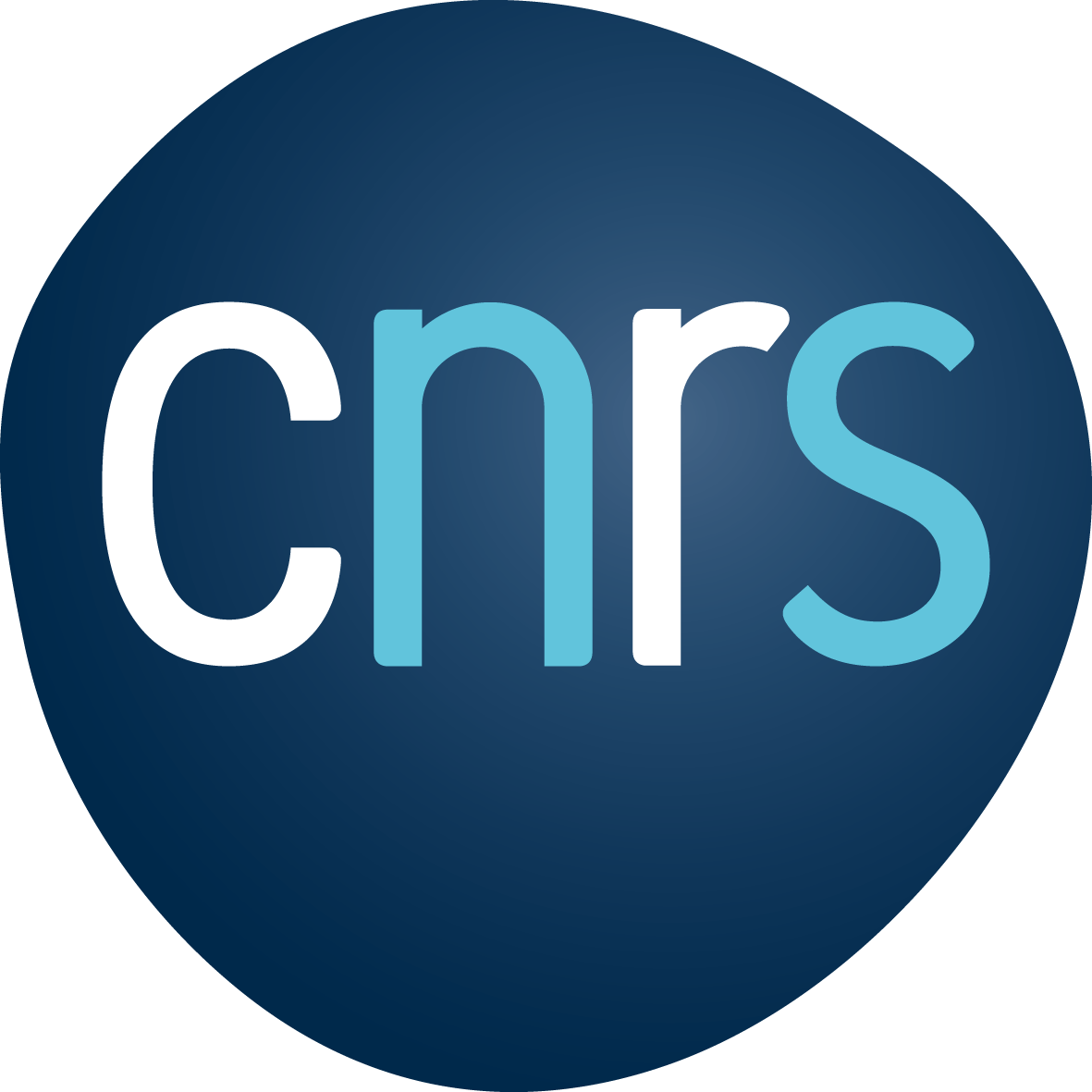en:start
Differences
This shows you the differences between two versions of the page.
| Both sides previous revision Previous revision Next revision | Previous revision | ||
|
en:start [2022/03/01 15:56] alhagejo |
en:start [2022/03/01 16:10] (current) alhagejo |
||
|---|---|---|---|
| Line 1: | Line 1: | ||
| - | ======ANR JCJC project: | + | ======Towards Collaborative Integrity for improved autonomy of a multi-robot system====== |
| {{anr-logo-2021_2x.png ?300}} | {{anr-logo-2021_2x.png ?300}} | ||
| Line 6: | Line 6: | ||
| {{image4.png}} | {{image4.png}} | ||
| - | **Contact:** joelle.al-hage[at]hds.utc.fr | + | **ANR JCJC project contact: [[https:// |
| **Duration: | **Duration: | ||
| Line 16: | Line 16: | ||
| The context of this project is the navigation of autonomous multi-robot systems. These are robots that can localize themselves in their environment, | The context of this project is the navigation of autonomous multi-robot systems. These are robots that can localize themselves in their environment, | ||
| The goal of this project is to contribute to the definition of new state estimation methods that overcome simplified assumptions in order to improve the accuracy and the consistency of the estimation output. The contribution of parameter learning strategy (covariance matrix, degrees of freedom, fault detection threshold, fault amplitude) to model-based methods will be investigated in terms of accuracy and integrity. One of our goals is that the learning approach can deal with a partial ground truth. | The goal of this project is to contribute to the definition of new state estimation methods that overcome simplified assumptions in order to improve the accuracy and the consistency of the estimation output. The contribution of parameter learning strategy (covariance matrix, degrees of freedom, fault detection threshold, fault amplitude) to model-based methods will be investigated in terms of accuracy and integrity. One of our goals is that the learning approach can deal with a partial ground truth. | ||
| + | |||
| + | ** Objectives** | ||
| + | |||
| + | The final objective of ToICar consists in achieving a safe autonomous multi-robot system from the integrity perspective. | ||
| + | |||
| + | The end-results of the project will be the development of methods that will meet two distinct needs: | ||
| + | - Offer the possibility to give an accurate and consistent estimation output by exploring the contribution of Artificial Intelligence (AI) to model-based methods and by overcoming simplified assumptions. | ||
| + | - Propose an efficient approach that takes advantage of robot collaboration to deal with sensors faults and to reduce the uncertainty in the overall system. | ||




